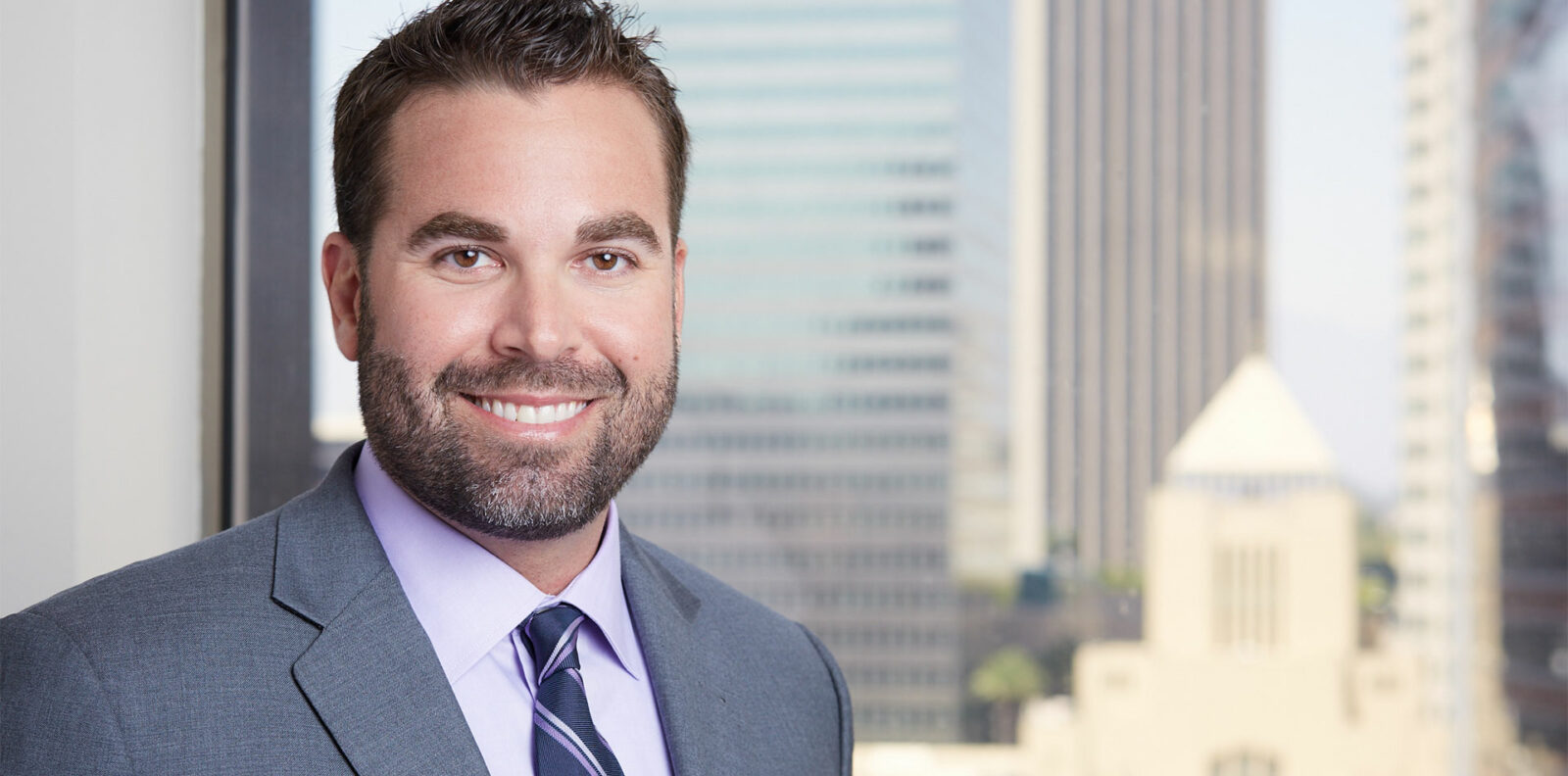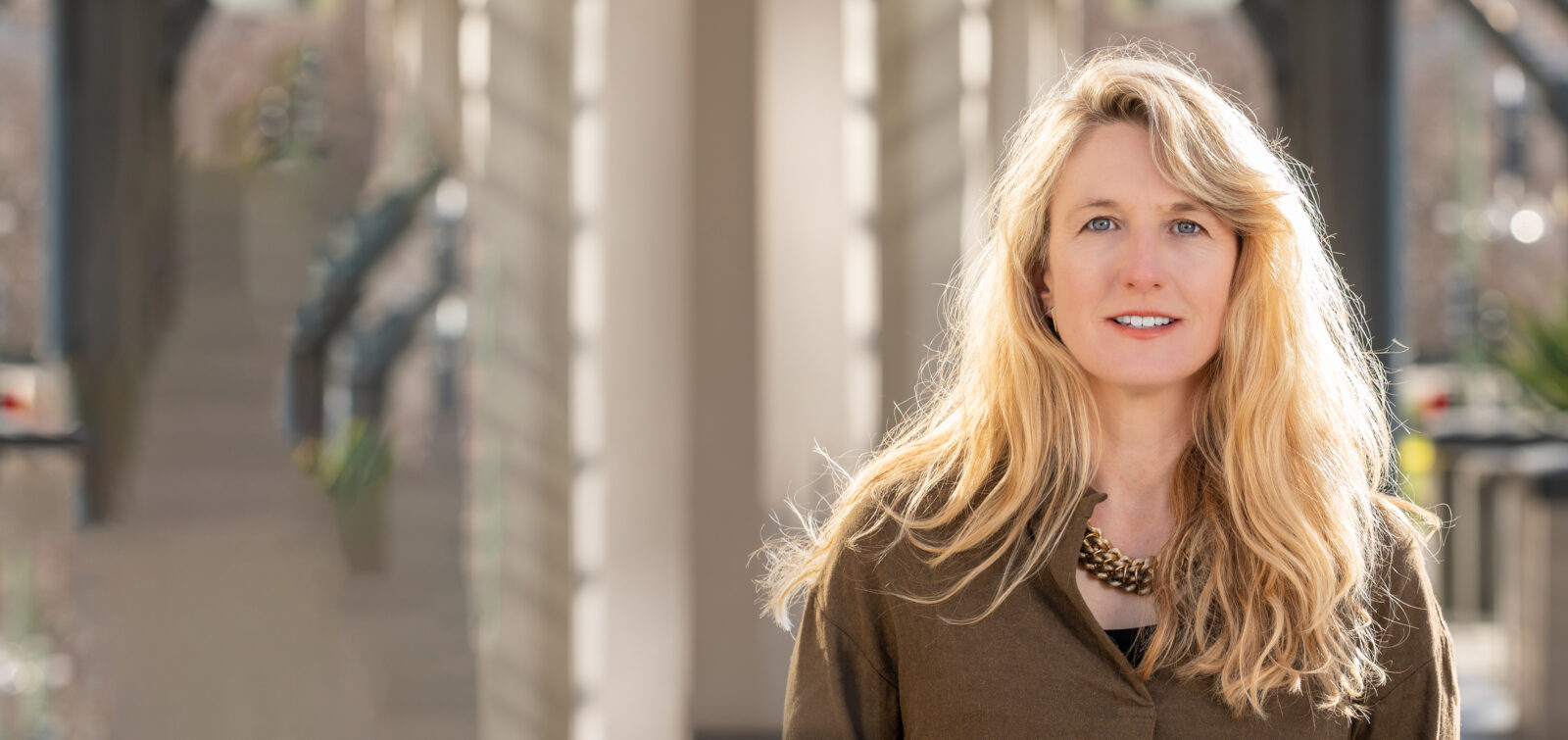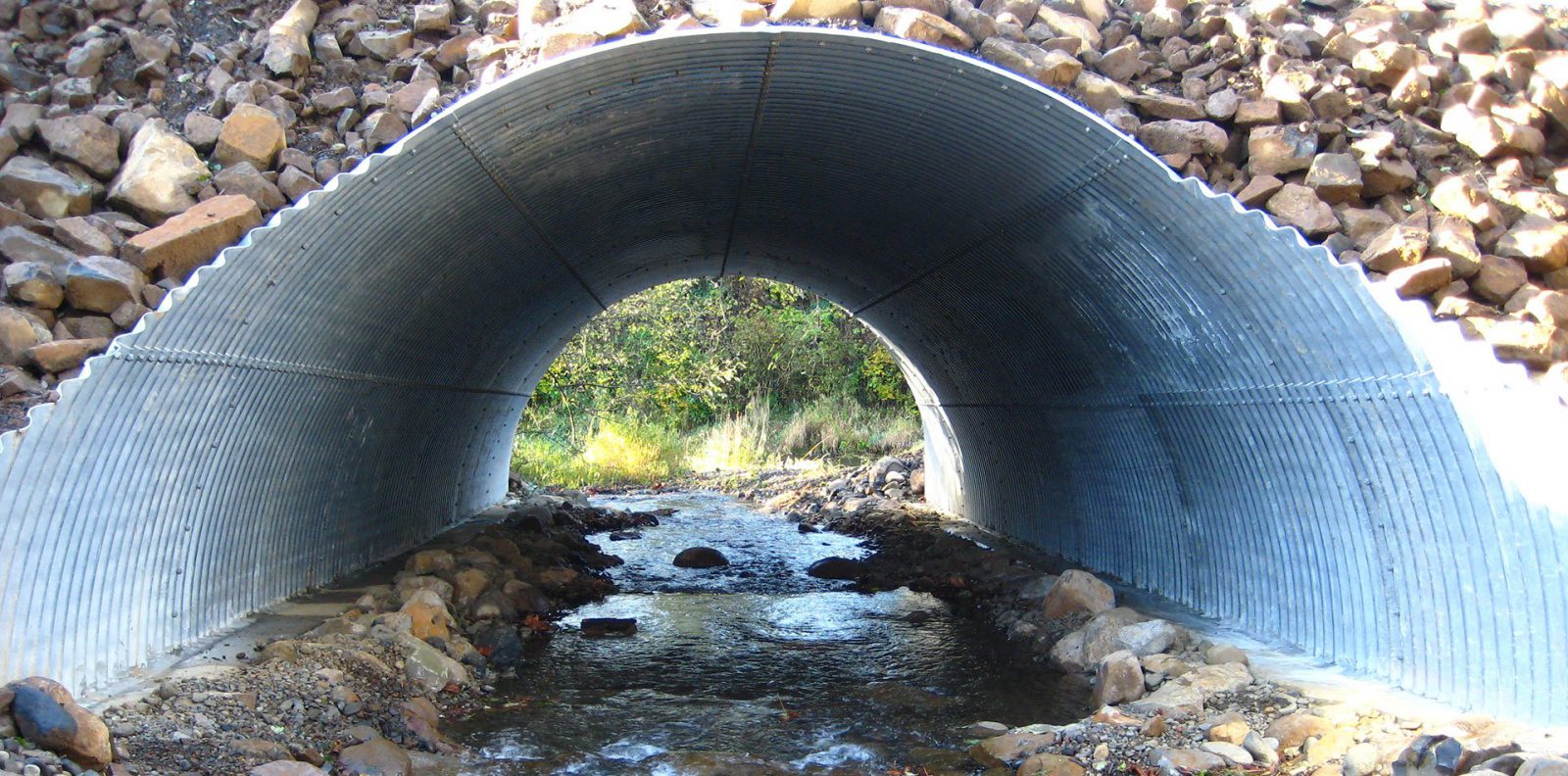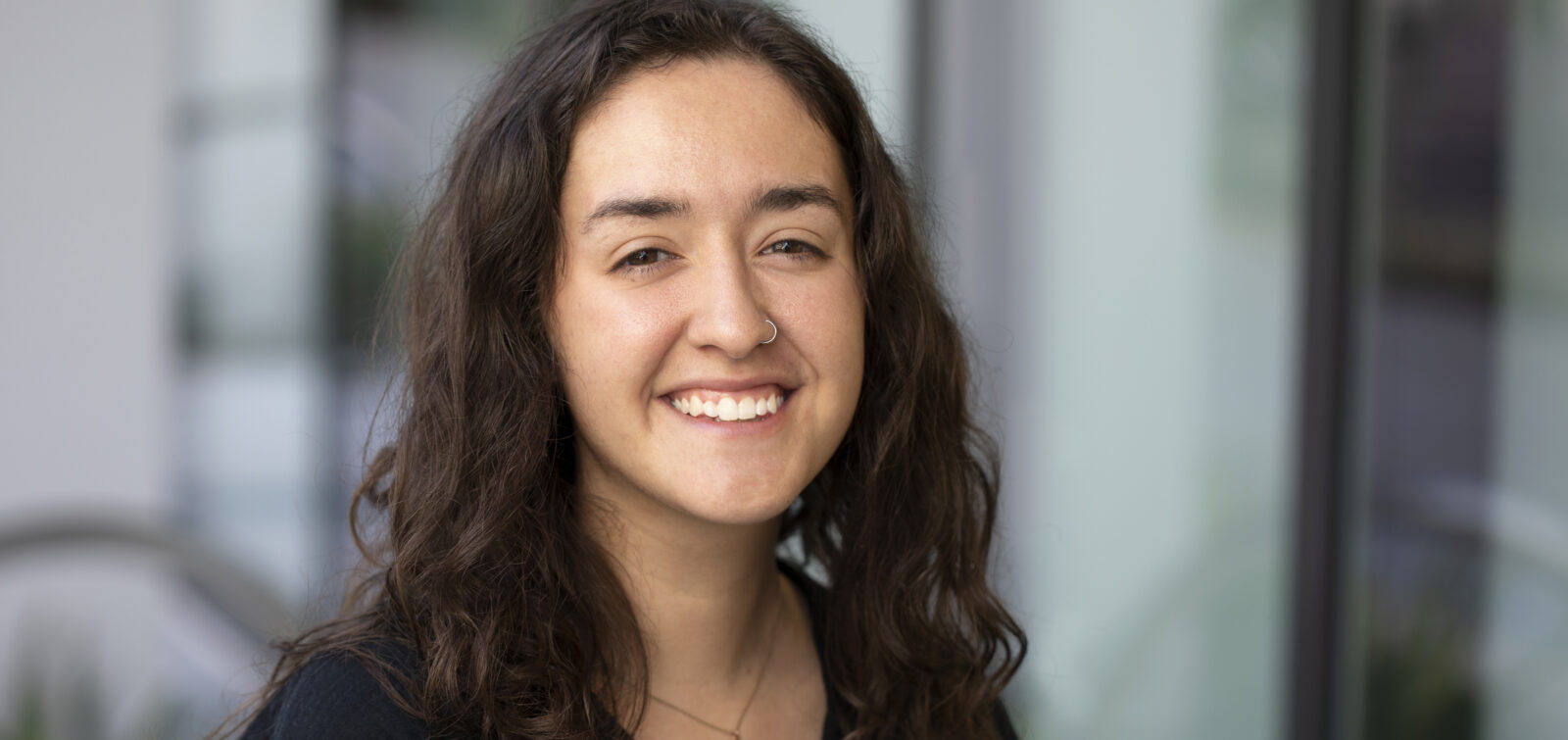Brian is a Principal Flood Engineer with over two decades of education and experience in engineering, geomorphology, and biology. He leads and supports a wide variety of projects throughout California and the Intermountain West bringing nature-based and multi-benefit thinking to clients.
What is your favorite ESA moment/memory so far?
There are many wonderful memories from the early days of the ESA office on Kearny Street in San Francisco, but one mind-altering experience was conducting some monitoring surveys at Sonoma Baylands Restoration Project in November of 2010. I had just moved to California from Colorado where I was trained in watersheds and riverine landscapes. I had never worked on a tidally driven waterbody and was captivated by the flood current working its way through the tidal channels to the restored mudflat and marsh. The sheer power of the flood current and scale of the restoration effort just blew me away. I gained a deeper appreciation of the work that Phil Williams and others pioneered and refined in the Bay Area and extended to other shorelines along the west coast. I’m proud of the work we do to restore natural landscapes and grateful for the experts and innovators I work with on a daily basis.
What does it mean to you to be part of an employee-owned company?
It means that we, as employees, have a say and stake in the direction of our company. We set the vision and are accountable for implementing it. We’re in it together. There are no external shareholders pushing us in directions we don’t to go to only to raise our share price and increase profits for others. I appreciate that level of independence within a seemingly growth-obsessed world, but also appreciate the dependence on each other for meeting the strategic goals we’ve set to engage in work that matters.
What keeps you coming to work here at ESA every day?
It’s the people, the projects, and the legacy of our firm. In 2016, I took a 6-year sabbatical from ESA and returned to the public sector to diversify my experience and work on some large-scale Civil Works projects like American River Common Features and the Oakland Harbor Navigation and Enhancement projects. I learned a lot and I’m thankful for that experience, but I have to admit that I missed the individuals and culture of ESA. There’s an abundance of passion across our teams and senior leaders engage in a way that motivates and solidifies our trajectory as a company. It feels like home. Our Environmental Hydrology and Design practice implemented “engineering with nature” and “multi-benefit initiatives” for decades before those terms were coined. We’re known for comprehensive planning, engineering, design, and effectiveness monitoring and that puts us in a great position to engage with clients who are looking to push the nature-based and multi-benefit agenda. No one will argue that we love our work!
What is your hidden or special talent(s)?
I haven’t done this as much since leaving San Francisco, but I’m very good at watching live jazz and drinking bourbon. RIP Club Deluxe. We’ll miss you.
What’s your favorite thing to do when you are out of the office?
I’d put live music and time in nature at the top of my list. I love going to concerts with friends and collecting and playing vintage-inspired guitars, amps, and effects pedals (I’m a Fender kind of guy). Music puts my brain in a different place and holds equal weight to family and friends in my life. I couldn’t live without it! I used to hike, camp, climb, run, and generally spend a lot of time outside before embarking on family life. As our kids get older, I’m slowly clawing back some time for myself, but also engaging the young ones in those activities as well. My daughter is quite the climber and both kids seem to love music. My daughter’s favorite song is “Bessie Smith” by Bob Dylan and the Band.
If you had one free hour each day, how would you use it?
If it was truly a “free hour” with no disruptions or distractions, I’d play guitar.
What are three skills that you bring to the ESA team? In other words, what should colleagues know to reach out to you about?
- Project management
- Multi-benefit planning, engineering, and design
- Understanding the US Army Corps of Engineers
In a nutshell, what kind of work does your team do?
The NorCal Watersheds and Rivers Team is a branch of the Environmental Hydrology and Design practice focused on watershed assessments, multi-benefit feasibility studies and alternative evaluations, and the engineering and design of water resource projects that integrate flood risk management, ecosystem restoration, recreation, and other co-benefits along rivers and floodplains. We work seamlessly with other branches of our practice, including the Coasts and Estuaries Team (for projects at the fluvial-tidal interface) and the Field Services Team (for an array of survey and monitoring solutions), and with other practices within the company to integrate engineering, planning, natural resources, and permitting services.
Describe your role at ESA and the type of work you do.
I rejoined ESA in October 2022 as a Principal Flood Engineer in the Sacramento office. In this role, I’ve capitalizing on my time with the US Army Corps of Engineers working on an array of flood risk management projects and programs. I help our practice understand what policies and regulations are relevant to our multi-benefit flood projects, and how those policies and regulations are adapting as the Corps and other agencies embrace nature-based solutions, environmental justice, and other initiatives that seek to “raise all boats”. I serve as a project manager or engineering technical lead on several flood risk management, floodplain restoration, and fish passage projects here in the Central Valley. Since rejoining the firm, I’ve also taken on the Watersheds and Rivers Team Manager role, where I oversee activities and workloads of our 27-member (and growing) team of hydrologists, geomorphologists, planners, and engineers in Nothern California.
What’s been your favorite project to work on here at ESA and what impact did it have on the community and/or environment?
In 2013, Phil WIlliams tapped me on the shoulder and asked me if I wanted to conduct a geomorphic assessment and restoration planning study in the Muir Woods National Monument. You can guess my answer! We conducted several days of field work wading through Redwood Creek and staring up at the monster coastal redwoods that fill the valley. I really enjoyed working with Phil and others to evaluate a variety of “what if” scenarios that included the removal of 1930’s riprap along the streambanks, replacement and reconfiguration of pedestrian bridges, and replacement and realignment of water and wastewater facilities with the ultimate goal of enhancing natural processes and habitat in Redwood Creek for Coho Salmon. We were encouraged to think big, and to a large degree, not worry about the fate of existing monument infrastructure. Our studies informed the engineering and design of the National Parks Service “Redwood Renewal Project”, which begins Phase 2 of habitat restoration construction in July 2023.
Have you had the opportunity to work on any career-defining projects?
You just heard about one, but there will be many others. That’s one of the benefits of working for our firm!








